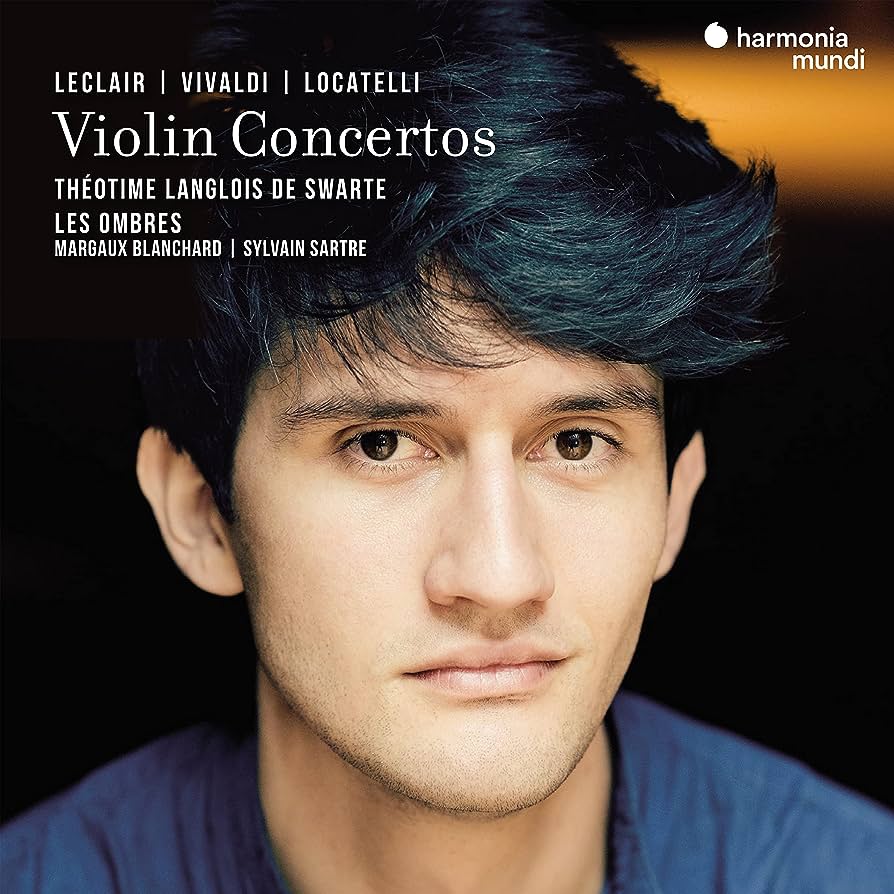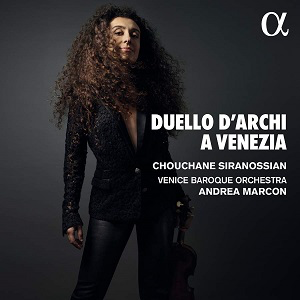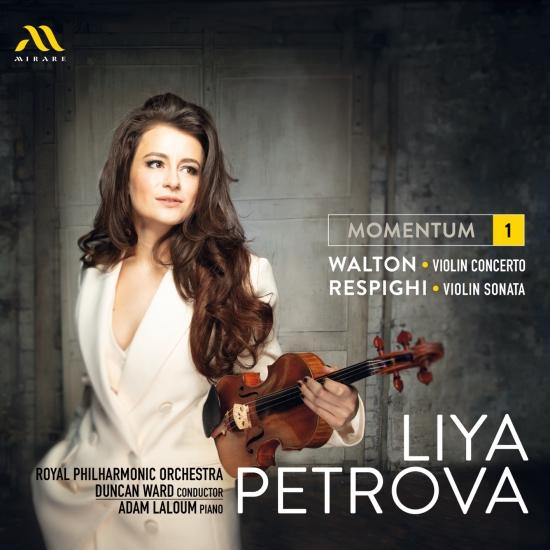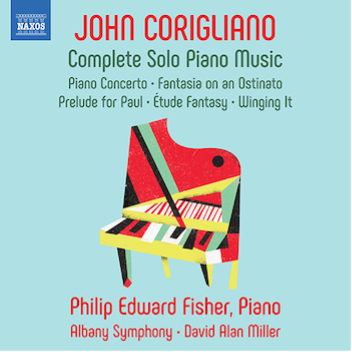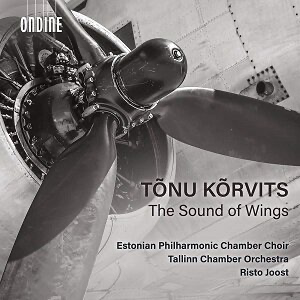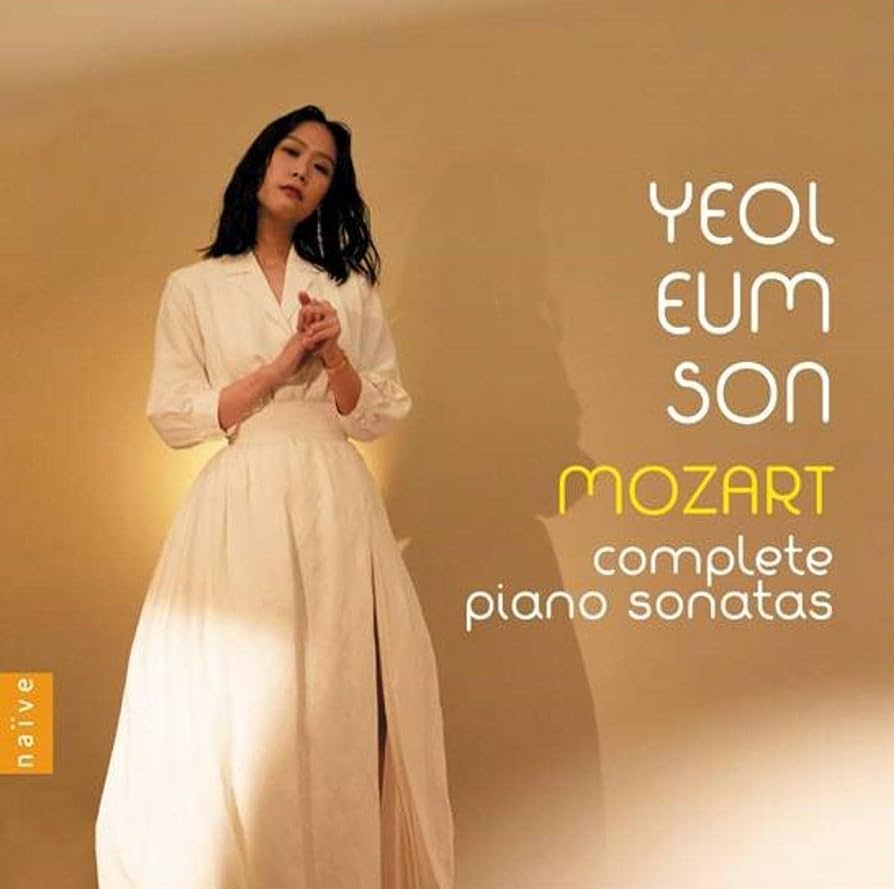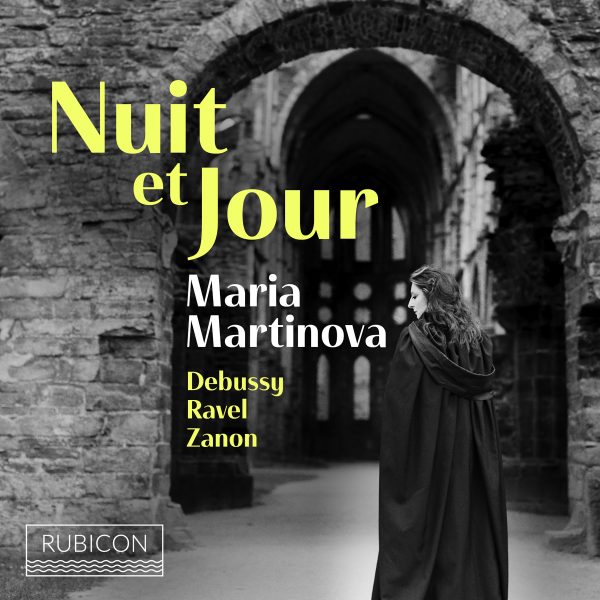LECLAIR | VIVALDI | LOCATELLI VIOLIN CONCERTOS – THÉOTIME LANGLOIS DE SWARTE
Intriguing Journey Through Baroque Virtuosity and Musical Evolution
Mark Jordan, December 2023
In the tapestry of classical music, few instruments evoke the depths of emotion and versatility quite like the violin. With each sweeping note, it tells a story that transcends time and tradition. The album “Violin Concertos” masterfully weaves this narrative, showcasing the exceptional artistry of Théotime Langlois de Swarte on the violin, accompanied by the accomplished ensemble Les Ombres, under the direction of Margaux Blanchard and Sylvain Sartre. Through the music of three Baroque luminaries—Antonio Vivaldi, Pietro Antonio Locatelli, and Jean-Marie Leclair—the album invites listeners on a captivating journey through the evolution of the violin from an ensemble member to a solo virtuoso.
Opening a door to the past, the album pays homage to the pioneers of the solo violin concerto genre, tracing its roots back to the early 17th century. As the album progresses, it chronicles the evolution of the instrument and its performers, from Antonio Vivaldi’s vibrant compositions to Pietro Antonio Locatelli’s daring technical feats, and finally, Jean-Marie Leclair’s elegant French influence.
Théotime Langlois de Swarte’s performance is nothing short of remarkable. His technical prowess and emotional depth are evident from the outset, as he masterfully navigates the intricate passages and expressive melodies. The standout feature of Langlois de Swarte’s performance is his interpretation of the capriccios in Locatelli’s concertos. These intricate and challenging improvisatory sections showcase his remarkable skill and ability to bring the music to life with spontaneity and brilliance.
The collaboration between Langlois de Swarte and Les Ombres is a harmonious blend of virtuosity and ensemble precision. The ensemble’s impeccable timing and sensitive accompaniment enhance the soloist’s performances, creating a seamless musical dialogue that captures the essence of each concerto.
The choice of works on this album is carefully curated to showcase the distinct styles and innovations of each composer. Antonio Vivaldi’s concertos brim with exuberance and energy, reflecting his own virtuosity as a violinist. Pietro Antonio Locatelli’s compositions push the boundaries of violin technique with their inclusion of capriccios, serving as a testament to the artist’s technical prowess. In contrast, Jean-Marie Leclair’s concertos add a touch of French elegance, demonstrating the violin’s evolution in different musical traditions.
The technical brilliance showcased throughout the album never overshadows the musicality. Langlois de Swarte artfully balances the virtuosic demands with sensitivity, ensuring that each piece is more than a mere display of technical feats. The emotional depth he brings to his interpretation elevates the performances beyond mere virtuosity, evoking the varied emotions and narratives of each concerto.
“Violin Concertos” is not only a testament to the technical skills of Théotime Langlois de Swarte but also a captivating journey through the history of the violin concerto. The album’s careful selection of pieces, Langlois de Swarte’s stunning performances, and the ensemble’s impeccable support make it a must-listen for both aficionados of the violin and those looking to explore the rich tapestry of Baroque music. This recording is an engaging exploration of the violin’s evolution from ensemble player to solo star, all brought to life with undeniable musicality and technical brilliance.
